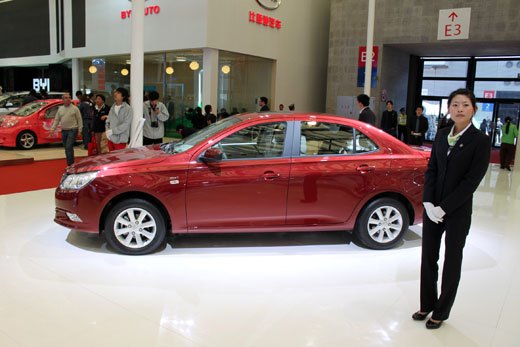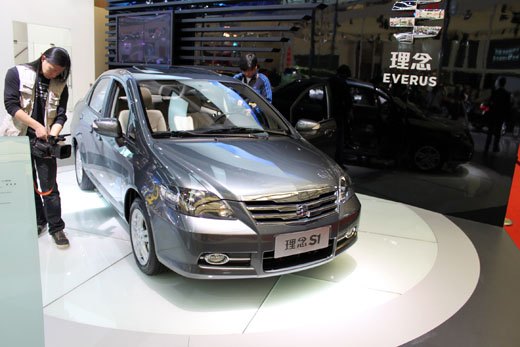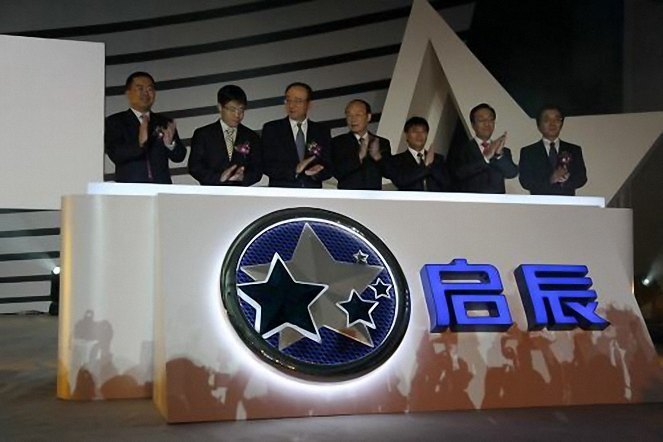#Everus
GM Invests More Into Fake Chinese Brand
GM added more capacity to its Chinese Baojun brand by opening a factory in Liuzhou, southern China. Plant and brand are part of the SAIC GM Wuling joint venture, where GM holds 44 percent, SAIC 50 percent, with 6 percent held by Wuling.
Baojun started with the Baojun 630, a compact sedan based on an older Buick Excelle/Daewoo Lancetti platform, later the Le Chi was added, a rebadged Chevrolet Spark. By 2015, Baojun wants to have a total of five models, Reuters says.
Baojun is one of China’s joint venture brands, which we at TTAC like to call “fake Chinese brands.”
And Now: An Original Chinese BMW
It happens to all foreign joint venture partners: They are invited to have tea and a chat with representatives of China’s National Development and Reform Commission (NDRC). After the pleasantries are exchanged, the weather has been discussed, and statements of mutual admiration have been made, someone from the NDRC side will say: “Don’t you want to start a Chinese brand? We would really appreciate it.” Who can say no to the wishes of the Chinese government?
The latest to say “Ja” is BMW. BMW will build a second, truly “Chinese” brand for China. “We are discussing this with the NDRC, and we will find a solution,” said BMW CEO Friedrich Eichiner to Germany’s FAZ. BMW’s futuristic carbon fiber i cars won’t be BMWs in China.
Affordable "Chinese Brand" Cars Could Be More Affordable
Honda revealed prices for their „Chinese Brand“ Everus S1. As reported before, these “Chinese brands” are brands created by joint ventures, based on (usually not the latest) foreign platforms, filled with parts of foreign pedigree, and as much Chinese manufacture as possible. Supposedly, these brands are targeted at the lower income brackets. They better start saving. When the concept was launched, the target price for the cars was under $10,000, but what is going on sale is consistently over that.
Shanghai Auto Show: Foreigners Create Pseudo Chinese Brands
When you have a larger joint venture with a Chinese automaker, at some point it will be strongly suggested to you to create a Chinese brand. At least this is how The Financial Times understands it: “Foreign carmakers wishing to build new plants or add capacity in China’s burgeoning car market are being told by the government that if they wish to expand, they must develop a low-cost local car brand.”
Early fruits of these suggestions can be seen at the Shanghai Auto Show.
From Venus To Everus: Foreign Makers Create Fake Chinese Brands
Japanese makers are jumping on the Made for China (or possibly Made for Export from China) trend that was started by GM with the Bao Jun.
Both Nissan and Honda are showing (allegedly) Made for China brands at the Guangzhou Auto Show.



















Recent Comments